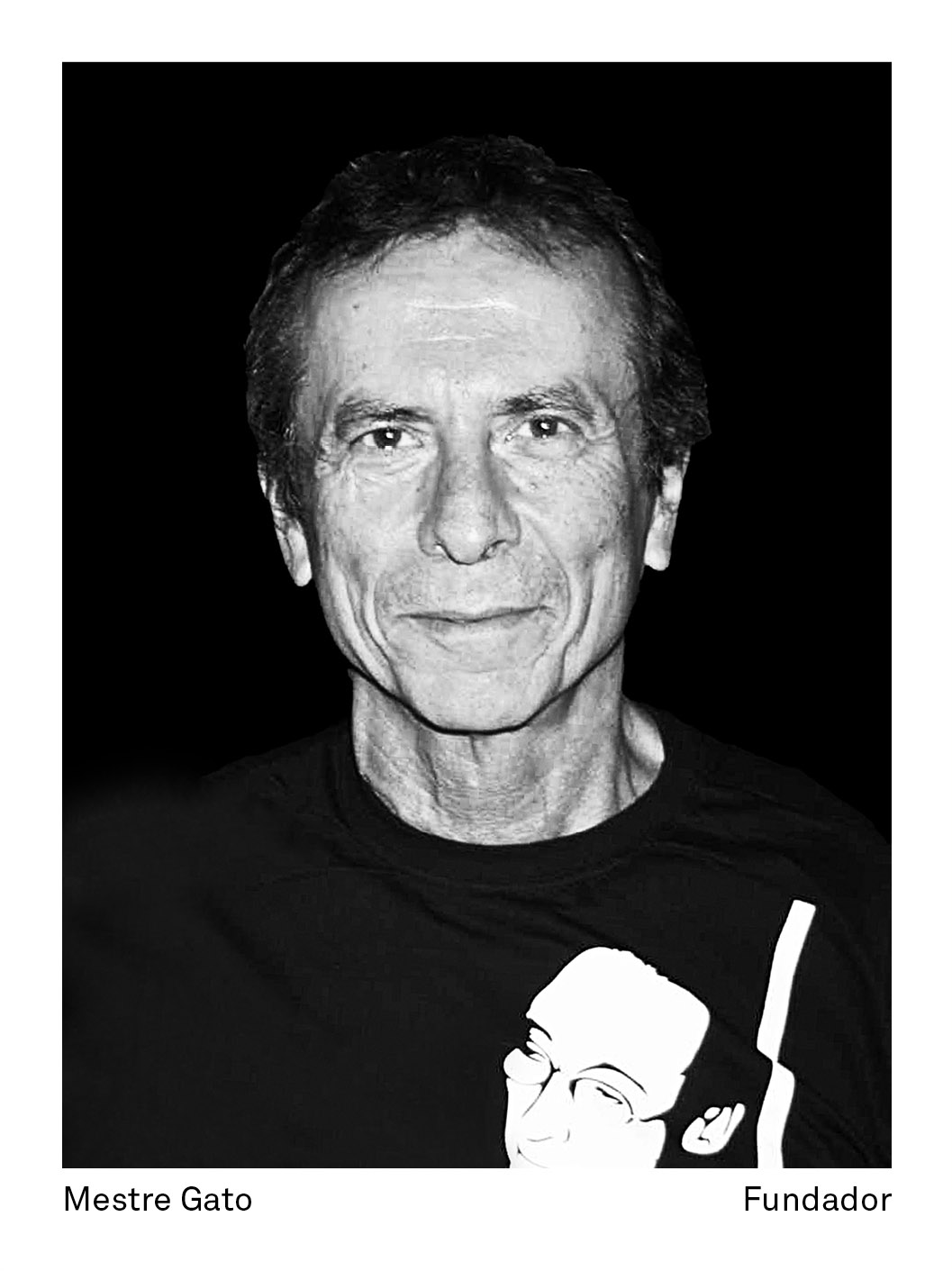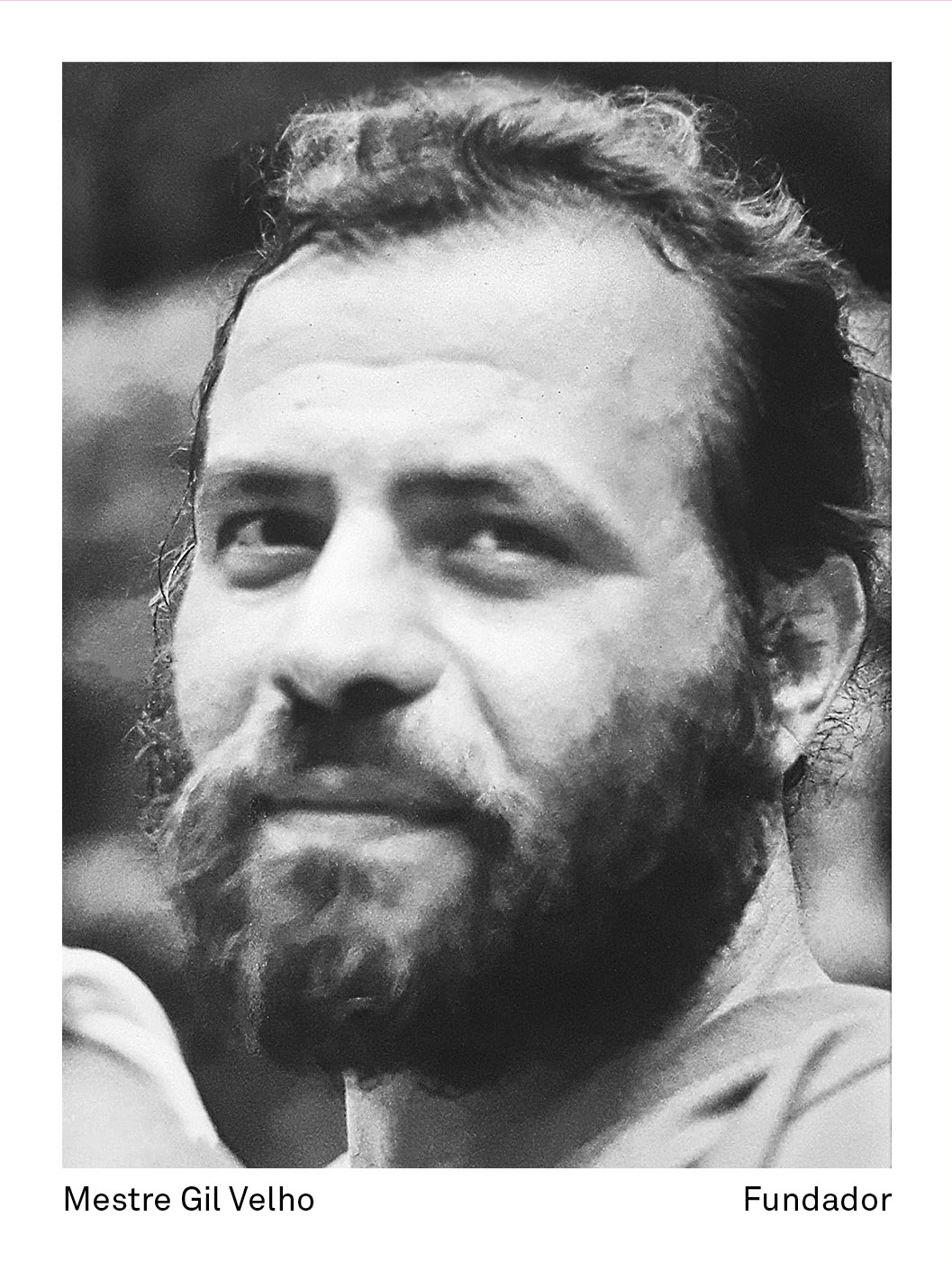Grupo Senzala
Grupo Senzala blev grundlagt i 60'ernes Rio de Janeiro af en gruppe unge mænd, heriblandt en mand ved navn Marcelo Azevedo Guimarães – i dag kendt som Mestre Peixinho.
Flere af gruppens grundlæggere var universitetsstuderende, og havde derfor en teoretisk og anderledes tilgang til capoeira end datidens almene capoeiristas. De lavede som de første en systematisering af capoeira-træningen, og udviklede det der senere blev verdens kendt som "Senzala stilen".
De unge mænd var inspireret af datidens ikoniske mestre, Mestre Bimba og Mestre Pastinha fra Bahia, og Mestre Leopoldina fra Rio de Janeiro.
I 1967 tilmeldte de sig capoeira-turneringen "Berimbau de Ouro". Behovet for at definere sig selv opstod, og de besluttede sig for et stærkt navn: Grupo Senzala. Senzala er betegnelsen for de huse, hvor slaverne var låst inde på plantagerne.
De valgte efter megen overvejelse at deltage i ens hvide bukser, inspireret af andre afrobrasilianske kulturmanifestationer, som candomble og samba de roda. Lænker om livet blev overvejet, men fravalgt, da det var ubehageligt og upraktisk at bevæge sig i. Valget blev et rødt bælte til alle, som symbol på slavernes lidelser og styrke. Senere hen blev Grupo Senzalas gradueringssystem udviklet.
Til alles overraskelse, ikke mindst deres egen, vandt de turneringen - en succes, der gentog sig tre år i træk.









Grupo Senzala voksede hurtigt, og i 1974 fik grundlæggerne hver deres afdeling, hvor de udviklede deres egen stil i forskellige områder af Rio de Janeiro. I midten af firserne spredte capoeira sig langsomt udenfor Brasilien, og Senzala kom til Holland med Mestre Grilo og Mestre Samara. Mestre China underviste i Frankrig, hvor han i 1987, i samarbejde med Mestre Peixinho, organiserede det første intenationale capoeiratræf verden havde set uden for Brasilien.
Capoeira og Senzala kom til Danmark i 80’erne med Ana Pompeia. Hun studerede idræt på universitetet i Rio de Janeiro på årgangen efter Mestre Peixinho og Mestre Toni Vargas, som hun også trænede capoeira med. Efter endt uddannelse blev hun dansk gift og flyttede med sin mand til København.
I dag har Grupo Senzala vokset sig kæmpestor, repræsenteret verden over med tusindvis af elever, undervisere og mere end 100 mestre, heriblandt den første europæiske capoeira-mester nogensinde, Mestre Steen. Grupo Senzala kunne i 2023 fejre 60-års jubilæum.